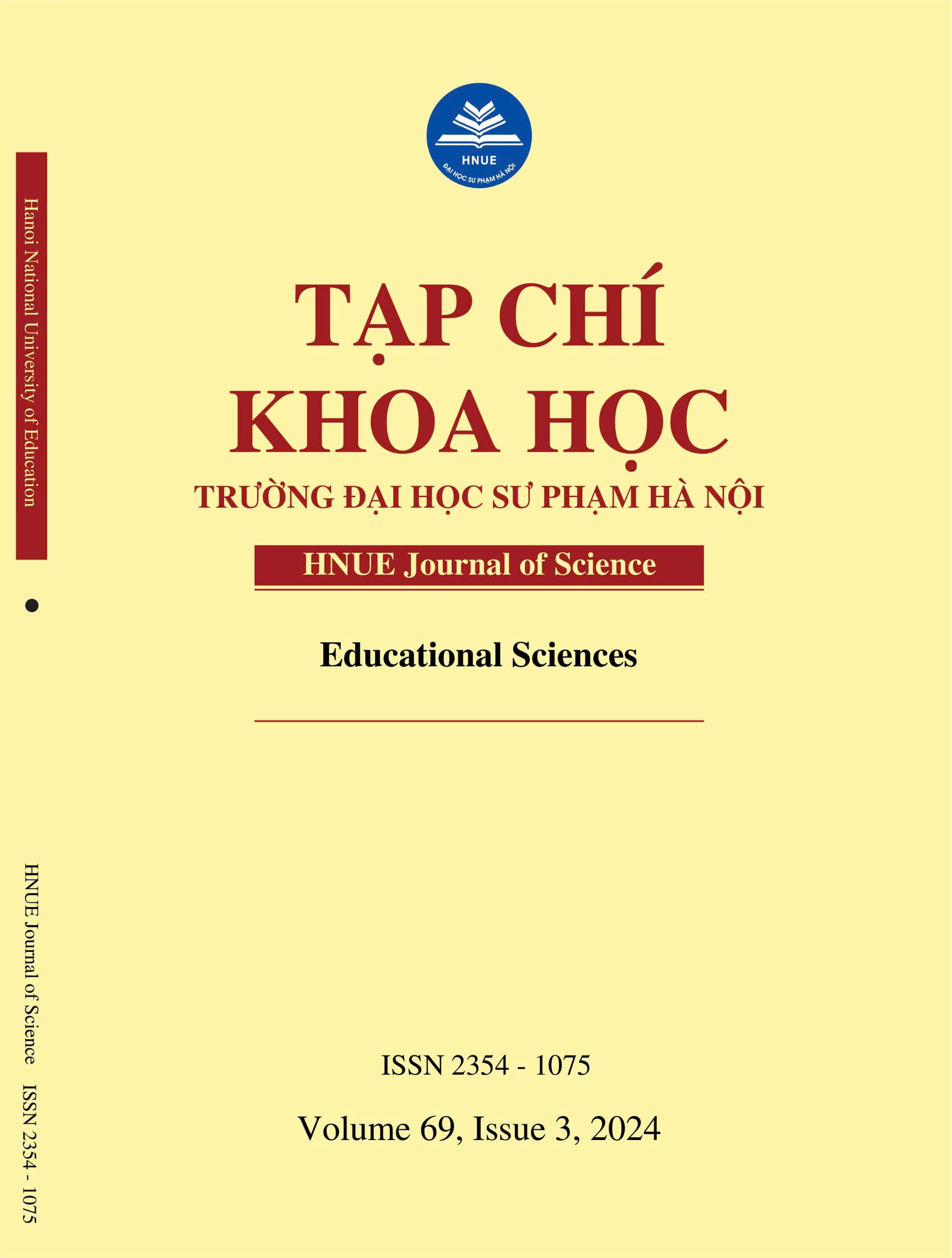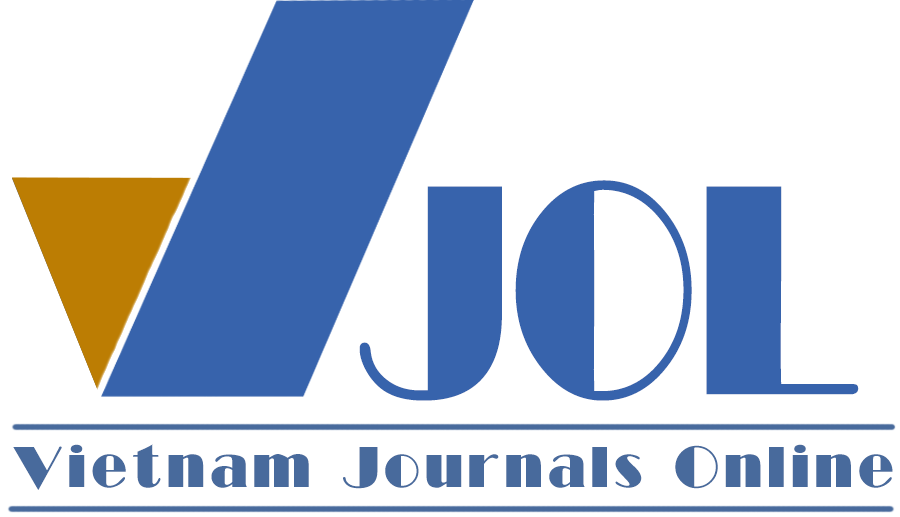DESIGNING AN EDUCATIONAL COMIC ON GENDER FOR STUDENTS IN THE HUMAN AND HEALTH TOPIC OF GRADE 5 SCIENCE
DOI:
https://doi.org/10.18173/2354-1075.2024-0052Keywords:
Gender education, science, comics, elementary schoolAbstract
In the 2018 general education program, gender education content is integrated into the theme “Human and Health” in the 5th-grade Science subject. Comics were identified as an effective pedagogical tool for delivering this integrated gender education, as the visual and narrative format helped elementary students engage with and comprehend sensitive, complex gender-related concepts more readily. Through a systematic process of analyzing, synthesizing, classifying, and organizing relevant theories, the study proposes a framework for designing gender education comics tailored for the “Human and Health” topic in 5th-grade Science instruction. The research results provide elementary school teachers with convenient guidelines for teaching gender education in the “Human and Health” theme of Science class, contributing to improving the quality of science education.
Downloads
References
[1] UNESCO, (2020). Summary Evaluation Report of 2020 on Comprehensive Sexuality Education in the Asia-Pacific Region. https://unesdoc.unesco.org/ark:/48223/pf00003 77782_vie.)
[2] UNESCO, 2020. International Technical Guidance on Comprehensive Sexuality Education - Evidence-informed Approaches. https://unesdoc.unesco.org/ark:/48223/pf0000373308
[3] Parsons J & Kathy S, (1993). Using Comic Books to Teach. ERIC - Education Resources Information Cente.
[4] Berkowitz J, & Packer T, (2001). Heroes in the classroom: comic books in art education. Art Education, 54(6), 12-18.
[5] Marianthi V & Boloudakis M, (2008). From digitised comic books to digital hypermedia comic books: their use in education. Computer Science, Education.
[6] Nguyen MG & Le TTL, 2019. Developing certain content and activities of sexuality education for first-grade students in Ho Chi Minh City. Education Journal, Issue 446 (Part 2 - 1/2019), 24-29.
[7] Pham VQ, Phan THT, Nguyen DN, Do TMA, Hoang THG & Tran MG. (2024). Integrating sexuality education for elementary school students to meet the requirements of the 2018 general education curriculum. Education Journal, 24(7), 18-23.
[8] Nguyen MG, (2023). Developing sexuality education materials in Natural and Social Sciences for first graders at elementary schools in District 1, Ho Chi Minh City. Journal of Vietnamese Educational Sciences, 19(2), 69-74.
[9] Nguyen MG, Pham VTY & Nguyen TMH (2019). Designing certain content, tools, and methods for teaching sexuality education to elementary school students in Ho Chi Minh City with a competency-based approach. Journal of Educational Sciences, 2019, 64(1), 27-36.
[10] Nguyen MG, (2023). Developing sexuality education materials in Natural and Social Sciences for first graders at elementary schools in District 1, Ho Chi Minh City. Journal of Vietnamese Educational Sciences, 19(2), 69-74.
[11] Vu THG (2017). Some measures using comics to develop reading ability for children aged 5-8 in preschools. Education Journal, Issue 418, 21-25.
[12] Nguyen CG, (2017). Using comics to develop pre-reading and writing skills for children aged 5-6. Education Journal. Special Issue, Part 2, 115-117.
[13] Ministry of Education and Training, 2018. General Education Curriculum for Science Subject (Issued together with Circular No. 32/2018/TT-BGDĐT dated December 26, 2018 by the Minister of Education and Training)
[14] Hoang P, (2000). Vietnamese Dictionary. Da Nang Publishing House.
[15] Versaci R. (2001). How comic books can change the way our students see literature: One teacher's perspective. The English Journal, 91(2), 61-67.
[16] Frey N, & Fisher D, (2008). Teaching visual literacy: Using comic books, graphic novels, anime, cartoons, and more to develop comprehension and thinking skills. Corwin Press.
[17] Hosler J, & Boomer KB, (2011). Are comic books an effective way to engage nonmajors in learning and appreciating science?. CBE-Life Sciences Education, 10(3), 309-317.
[18] Zeegers M, & Barron D. (2015). Pedagogical concerns about graphic novels as instructional tools. Media, Culture & Education, 1(1).
[19] Le MT (2022). Comprehensive sex and sexuality education for students in schools: current situation, gaps, and some recommendations. Vietnamese Journal of Medicine, 519 (1), 295-299.







